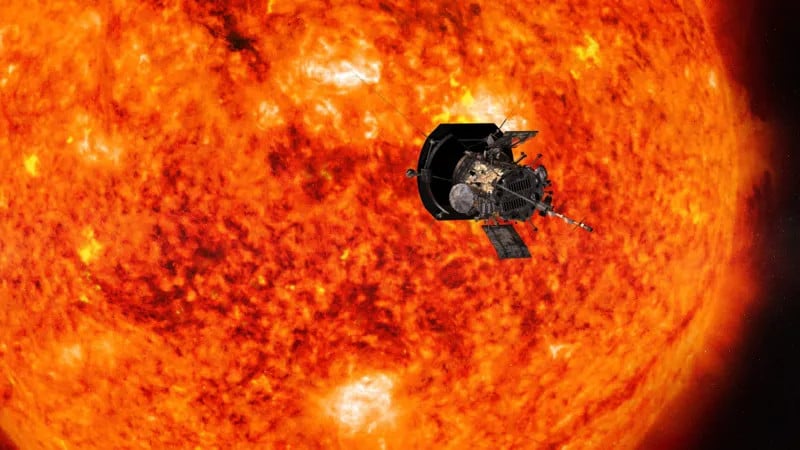National Aeronautics and Space Administration’s (Nasa) said on Friday that its Parker Solar Probe was “safe” and operating normally after successfully completing the closest-ever approach to the Sun by any human-made object.
The spacecraft passed just 3.8 million miles (6.1m km) from the solar surface on December 24, flying into the sun’s outer atmosphere called the corona, on a mission to help scientists learn more about Earth’s closest star.
The agency said the operations team at the Johns Hopkins Applied Physics Laboratory in Maryland received the signal, a beacon tone, from the probe just before midnight on Thursday. The spacecraft is expected to send detailed telemetry data about its status on January 1, Nasa added.
Moving at up to 430,000 mph (692,000 kph), the spacecraft endured temperatures of up to 1,800 degrees Fahrenheit (982 degrees Celsius), according to the Nasa website.
“This close-up study of the Sun allows Parker Solar Probe to take measurements that help scientists better understand how material in this region gets heated to millions of degrees, trace the origin of the solar wind (a continuous flow of material escaping the Sun), and discover how energetic particles are accelerated to near light speed,” the agency added.
The Parker Solar Probe was launched in 2018 and has been gradually circling closer towards the sun, using flybys of Venus to gravitationally pull it into a tighter orbit with the sun.







